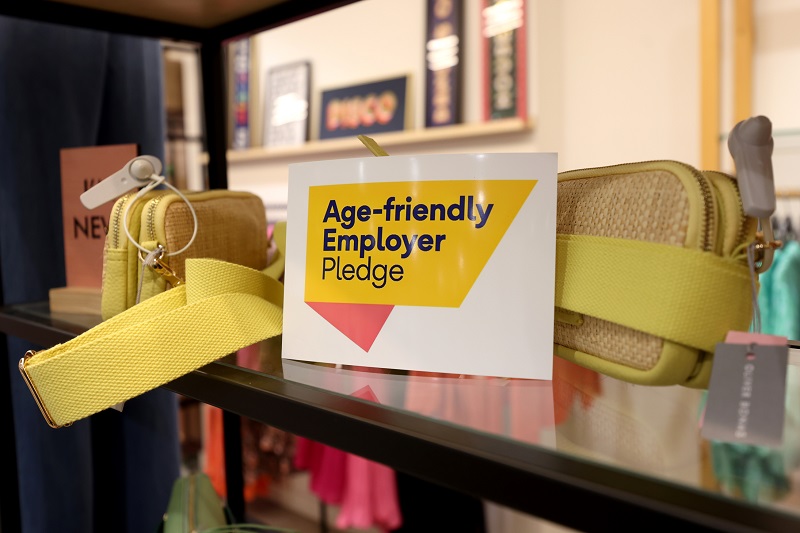The UK’s veterinary industry is getting a D&I shakeup this year; the Royal College of Veterinary Surgeons (RCVS), the regulatory body for veterinary surgeons and registered veterinary nurses, has published a roadmap to creating a fairer industry, where work will start at schools and universities.
The Diversity & Inclusion Group (DIG) Strategy could provide the blueprint for change the industry needs to help solve its long-standing diversity issues, where only 3% of those working in the sector were non-white in 2019 despite 20% of the UK’s working-age population who identified as BAME around that time.
Long-term diversity issues exist in the US too, where around 90% of veterinarians identified as white, a statistic that is down by only 2% from 2013.
With communities growing more diverse, the veterinary sector could face recruitment issues in the future while battling uniformity of thought today as it continues to employ the same types of candidates.
The strategy
The RCVS Diversity & Inclusion Group includes representation from various industry organisations, including the British Veterinary Ethnicity & Diversity Society (BVEDS), the British Veterinary LGBT+ Society, and the Veterinary Schools Council (VSC). According to a recent statement, the group “will be responsible for monitoring and evaluating progress within the six work-streams on an ongoing basis.”
The first stream looks at diversifying the uptake for veterinary education and training courses. This includes providing learning materials for school children and partnering with educational organisations “that support applications from individuals from diverse backgrounds.” Case studies and “commissioning research” to understand the barriers faced by some thinking of studying towards a veterinary career will also be pursued.
The second stream examines ways to retain ethnic minority students in veterinary education, including “updating veterinary school standards to reflect diversity & inclusion aspirations” and “developing clear reporting systems and support for those who suffer from discrimination during extra-mural studies.”
The third stream considers ways to get diverse recruits into the profession where “veterinary organisations and workplaces” will be encouraged to “take up recruitment awards and standards,” and develop “toolkits” to improve D&I within recruitment and encourage others to speak out against discrimination
The fourth stream looks internally at “retention and support within the professions.” This includes encouraging team-members to attend diversity and inclusion training and “strengthening the RCVS Code of Professional Conduct to enable more confident reporting of poor behaviours.”
The fifth stream considers “developing a toolkit to support in-house conversations around diversity” and “encouraging veterinary organisations to have regular discussions around diversity & inclusion and visible statements of intent.”
The final stream examines ways to establish a “culture change” within veterinary organisations including diversifying governance and leadership which includes setting D&I as a workplace agenda.
Dr Niall Connell, Senior Vice-President of the RCVS and Chair of the Diversity & Inclusion Group, said: “I’ve always been of the opinion that making the veterinary professions more diverse and reflective of British society at large, as well as protecting fellow professionals from discrimination, isn’t just a moral issue, but one that actually improves the quality of the profession and the outcomes for our clients and patients.
“If we are losing colleagues to discrimination or just not attracting people from diverse backgrounds in the first place because they think it’s ‘not for people like them’, then we are losing out as a profession, and if we aren’t drawing on a diverse range of backgrounds, experiences, and attitudes in our work, then we are also potentially doing a disservice to our patients and clients. This is why this strategy is not just a case of being seen to be doing something but is actually crucial for the ongoing credibility of the veterinary team.
“It’s important to emphasise that this Strategy is a start and not an end in and of itself. There will be lots of hard work to be done and challenging conversations to be had, and results may not be quick or immediately obvious, but I am proud that we are taking a proactive approach.”
Dr Mandisa Greene, RCVS President and a member of the DIG, added: “Fulfilling this Strategy will involve a lot of hard work over the coming months and years, but I am glad to say that many of the activities it outlines are already underway both at the RCVS and our partner organisations, building on the pioneering work that organisations such as the British Veterinary Association, British Veterinary Ethnicity & Diversity Society, the British Veterinary LGBT+ Society, Animal Aspirations and others have been undertaking.
“We have already held a joint RCVS and Veterinary Schools Council Roundtable with BAME students in which we heard about their experiences, issues that they have encountered, and how they felt they could be better supported. These discussions led to forming a new RCVS/VSC Working Group that will take forward actions as a priority.
“On a personal level, I have also been undertaking a number of school talks and providing one-to-one mentoring to school students about veterinary careers because I think it is important that children from a wide variety of backgrounds can see me, as a Black British woman of Caribbean heritage, as a role-model for diversity within the veterinary profession and know that the professions can and should be welcoming to all.”
Diversity issues in the veterinary sector
From the nature of the objectives set out in the Strategy above, it’s clear that attempts to diversify and foster greater inclusion in the veterinary world are still in their nascent stage – and if you look at the ethnic makeup of the sector currently, you can see that proponents of the Strategy have their work cut out for them.
With such a low number of BAME people employed in the sector, it’s not enough to try and make the industry more inclusive for those few who are already there. As the Strategy is trying to do, other veterinary organisations must try and start the conversation at school and university levels, where a little like the women and STEM sector issue, more can be done to influence interested parties to consider a career in the sector where they might not have done before.
To read the Strategy in full, please click here.









